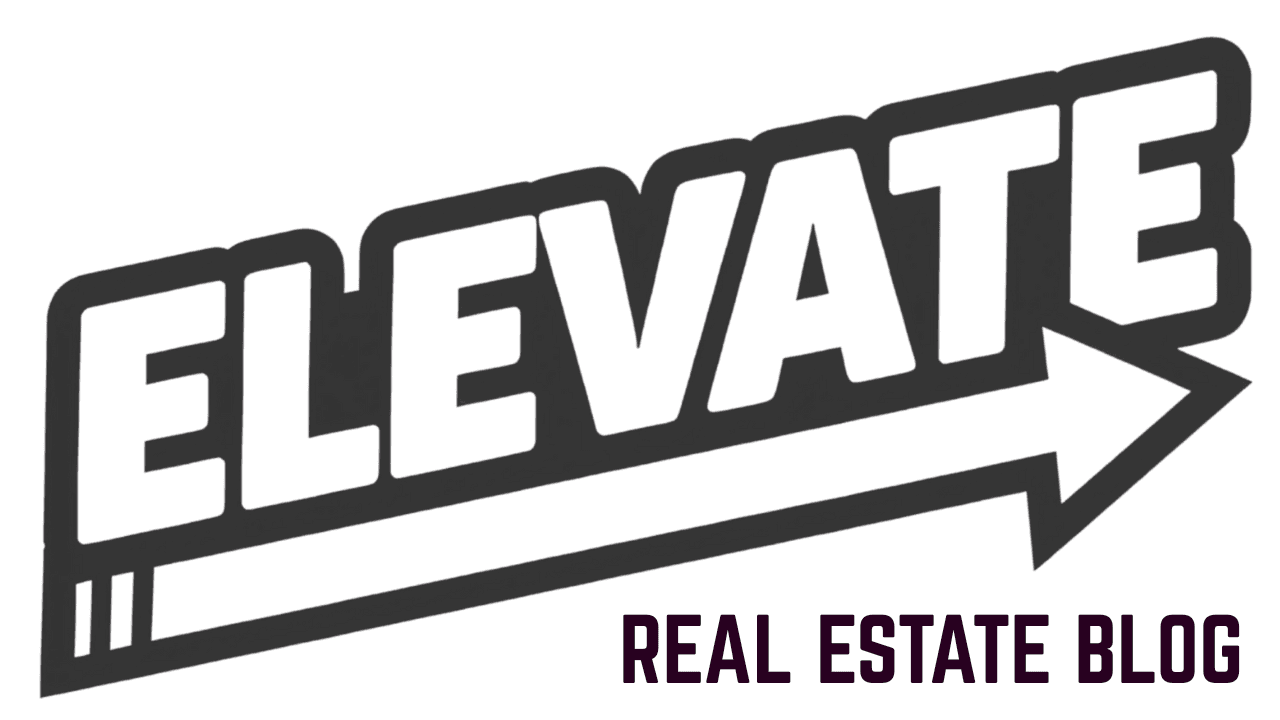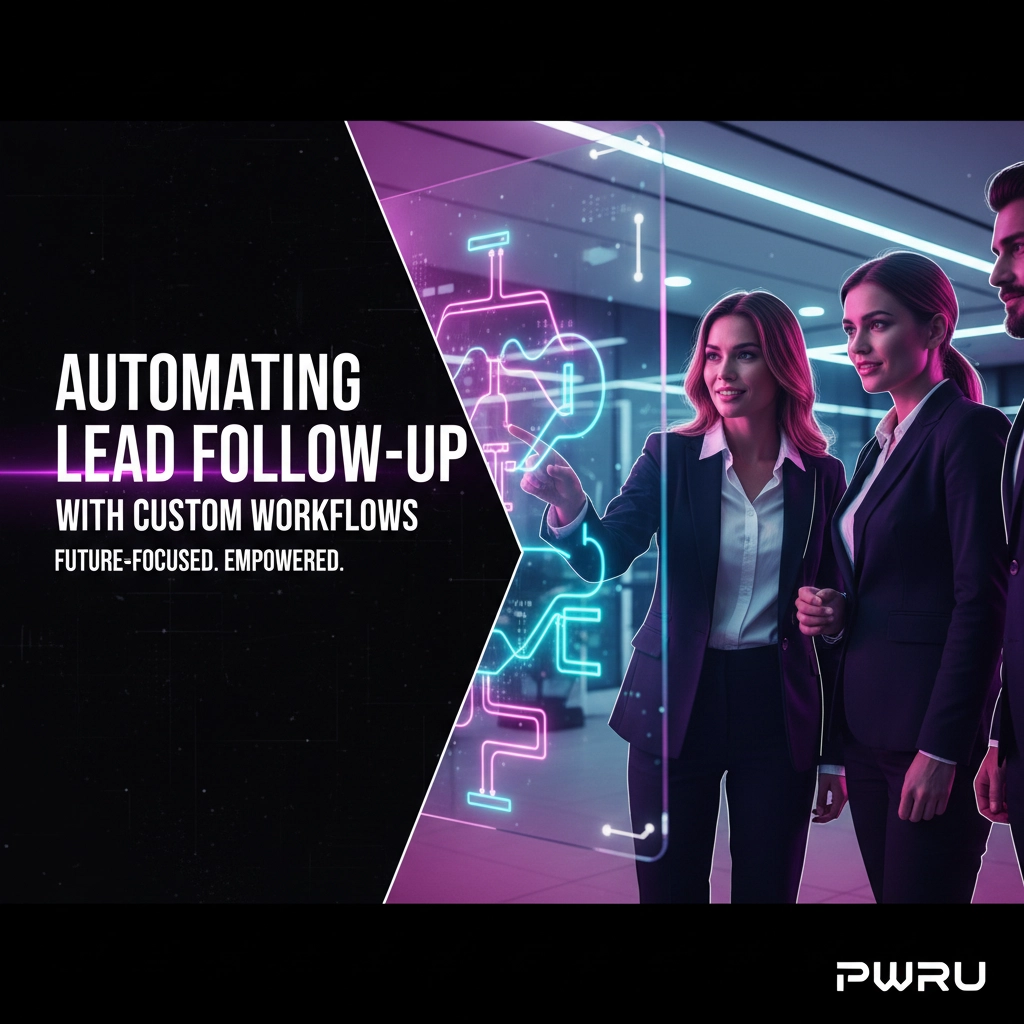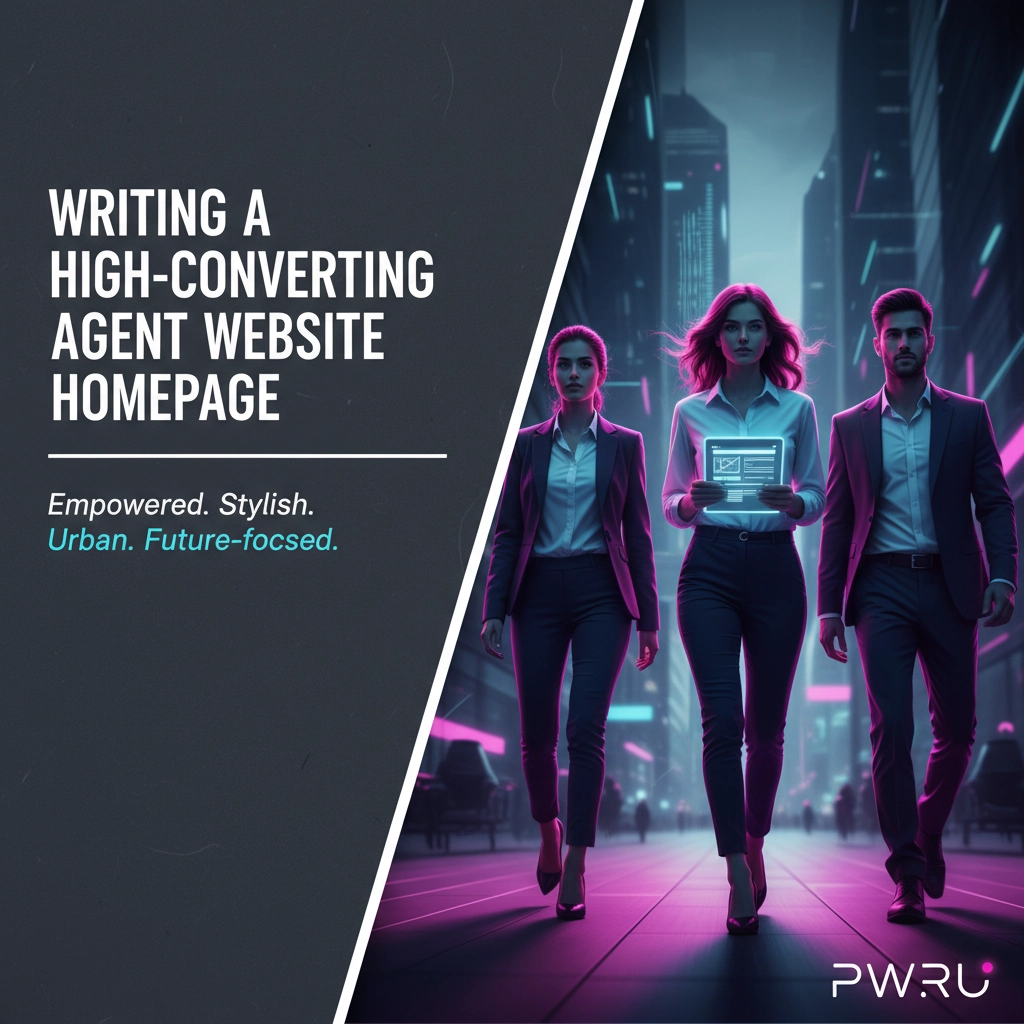Real estate leads expire fast. Studies show that agents who contact leads within 5 minutes are 100 times more likely to make contact than those who wait 30 minutes. Yet most agents still rely on manual follow-up systems that guarantee missed opportunities.
Automated lead follow-up workflows solve this problem by creating systematic, timely responses that nurture prospects without constant manual intervention. This approach transforms how you handle lead conversion from reactive to proactive.
What Are Automated Lead Follow-Up Workflows
Automated lead follow-up workflows are systematic sequences of touchpoints triggered by specific lead actions or time intervals. These workflows combine multiple communication channels and personalized messaging to guide prospects through your sales funnel without manual oversight.
The system captures leads from various sources, qualifies them based on predetermined criteria, and delivers targeted content through email, SMS, phone calls, or social media. Each interaction builds toward a conversion goal while adapting to lead behavior and engagement patterns.

Core Components of Effective Follow-Up Automation
Lead Capture Integration
Your workflow begins with seamless lead capture across all marketing channels. Website forms, social media ads, open houses, and referral systems must feed directly into your automation platform. This eliminates data entry delays and ensures immediate response triggers.
Lead Scoring and Qualification
Automated scoring systems evaluate leads based on factors like location, price range, timeline, and engagement behavior. High-scoring leads receive immediate personal outreach while lower-scoring prospects enter longer nurture sequences. This prioritization ensures your time focuses on the most promising opportunities.
Multi-Channel Communication
Effective workflows use email, SMS, phone calls, and social media touches strategically. Each channel serves different purposes: email delivers detailed information, SMS provides quick updates, calls build personal connection, and social media maintains visibility.
Conditional Logic and Branching
Smart workflows adapt based on lead responses. If someone opens your email but doesn't click links, they receive different follow-up than someone who books a showing immediately. This conditional logic personalizes the experience without manual intervention.
Setting Up Your First Automated Workflow
Step 1: Map Your Lead Journey
Document every touchpoint from initial lead capture through closing. Identify where leads typically drop off and which communications drive the most engagement. This baseline understanding guides your automation strategy.
Step 2: Choose Your Technology Stack
Select a CRM with robust workflow capabilities or integrate specialized automation tools. Your system must handle lead routing, email sequences, SMS delivery, and performance tracking. Popular options include HubSpot, Salesforce, and specialized real estate CRMs.
Step 3: Create Your Content Library
Develop template messages for each workflow stage. Include welcome emails, market updates, buyer guides, seller resources, and check-in messages. Templates save time while maintaining consistency, but allow for personalization variables like names and property preferences.
Step 4: Build Your First Workflow
Start with a simple new lead sequence:
- Day 0: Welcome email with market overview
- Day 1: SMS with calendar link for consultation
- Day 3: Email with local market report
- Day 7: Phone call attempt with voicemail follow-up
- Day 14: Email with client testimonials
- Day 30: Quarterly newsletter signup
Step 5: Test and Refine
Run test leads through your system to verify timing, personalization, and deliverability. Monitor open rates, click rates, response rates, and conversion metrics. Adjust messaging and timing based on performance data.

Advanced Workflow Strategies
Behavioral Trigger Workflows
Create workflows triggered by specific actions. When leads view luxury property listings, they enter a high-end market workflow. First-time homebuyer content goes to leads downloading mortgage calculators. This behavioral targeting increases relevance and engagement.
Geographic-Based Automation
Segment workflows by location to deliver hyper-local content. Leads in specific neighborhoods receive market updates for those areas. This localization builds your authority and provides immediate value.
Lead Temperature Workflows
Hot leads (ready to buy/sell within 30 days) need aggressive follow-up with immediate scheduling attempts. Warm leads (3-6 month timeline) receive educational content and periodic check-ins. Cold leads (future interest) enter long-term nurture campaigns with quarterly touches.
Referral Partner Integration
Automate workflows for referral sources like lenders, inspectors, and attorneys. When you close a transaction, workflows can automatically request reviews, ask for referrals, and maintain partner relationships with regular updates.
Measuring Workflow Performance
Response Rate Metrics
Track how many leads respond to each touchpoint in your sequence. Low response rates indicate messaging problems or poor timing. High-performing messages can be replicated across other workflows.
Conversion Tracking
Measure how many leads progress through each workflow stage toward your conversion goals. Identify where leads typically drop off and optimize those specific touchpoints.
Time to Contact
Monitor how quickly your automated system makes first contact versus manual processes. Faster contact improves conversion rates significantly in real estate.
Revenue Attribution
Track which workflows generate the most closed transactions and commission revenue. This data guides budget allocation and workflow prioritization decisions.

Integration with Modern Real Estate Technology
Smart agents leverage platforms like PWRU's Pulse Intelligence to enhance their automated workflows with AI-powered insights. These systems analyze market data, client behavior, and performance metrics to optimize follow-up timing and messaging automatically.
Pulse Intelligence can identify which leads are most likely to convert based on engagement patterns, allowing your workflows to prioritize high-probability prospects. The platform's market analysis also feeds relevant data into your automated communications, ensuring leads receive timely, valuable information.
Common Workflow Mistakes to Avoid
Over-Automation Without Personalization
Generic messages destroy trust quickly. Include personal details, reference specific properties or locations, and acknowledge individual circumstances in automated communications.
Ignoring Mobile Optimization
Most leads check messages on mobile devices. Ensure emails display properly on phones and keep SMS messages concise and actionable.
Forgetting the Human Touch
Automation handles routine tasks, but personal connection closes deals. Schedule regular phone calls and face-to-face meetings within your automated sequences.
Neglecting Follow-Up Tracking
Workflows fail without proper monitoring. Review performance weekly and adjust messaging, timing, or channels based on actual results rather than assumptions.
Building Long-Term Success
Successful automated lead follow-up requires continuous optimization and human oversight. Start with basic workflows and add complexity as you gain experience and data insights.
The goal is not to replace personal relationship building but to ensure no lead falls through the cracks while you focus on high-value activities. Automation handles the routine tasks so you can spend time on consultations, showings, and negotiations.
Modern real estate professionals who master automated workflows consistently outperform competitors by 20-30% in lead conversion rates. The technology exists today to implement these systems regardless of your current tech comfort level.
Ready to transform your lead follow-up process? Explore how Pulse Intelligence can power your automated workflows with AI-driven insights and market analysis. Start your free trial today and see the difference systematic follow-up makes in your conversion rates.




